Staying calm, centered, and happy, are universal goals, yet many people don’t take the time to cultivate these positive states of being.
At Piper Shores two residents and a dedicated staff member decided to see what would happen if they created a space for a weekly meditation combined with a simple movement practice. The one-hour activity kicked off a year ago as part of Piper Shores’ series devoted to the eight dimensions of wellness. The Tai Chi program has seen strong and consistent participation. Perhaps even more exciting are the results being experienced by those who participate regularly.
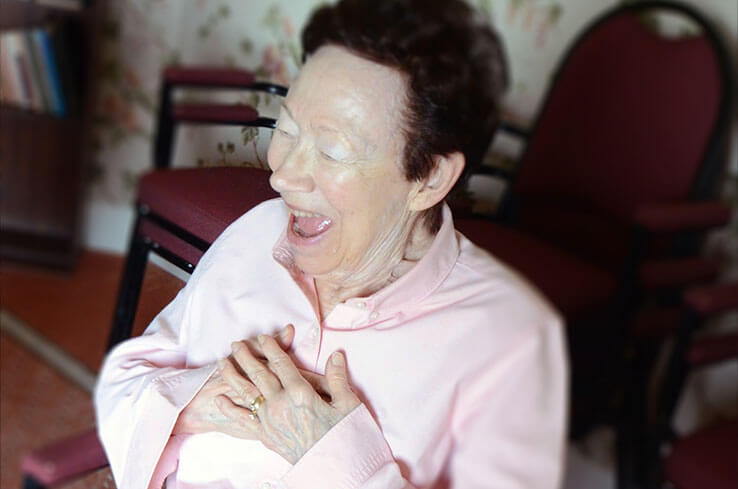
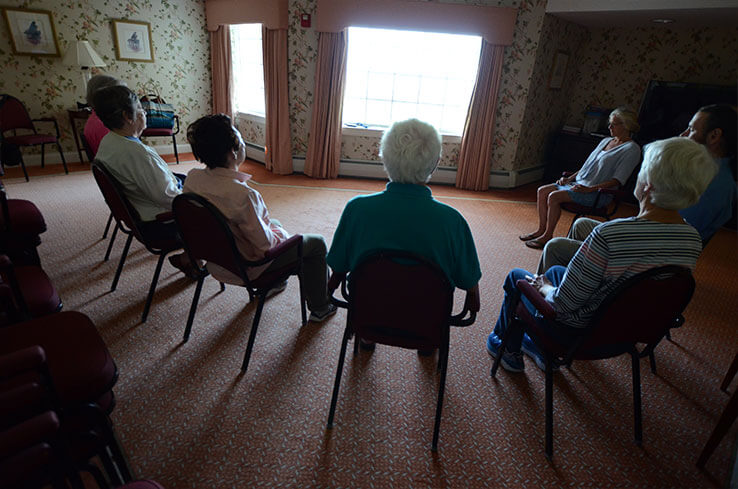
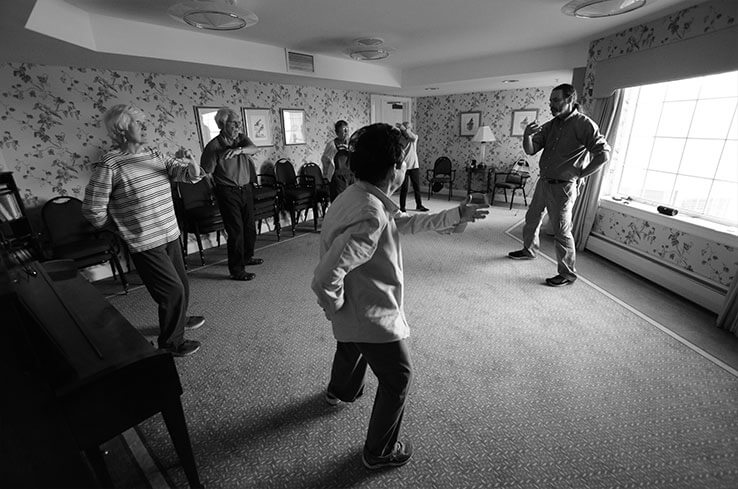
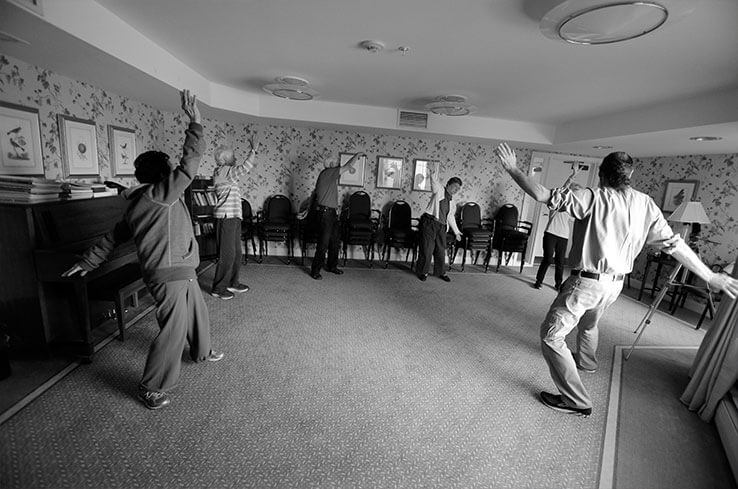
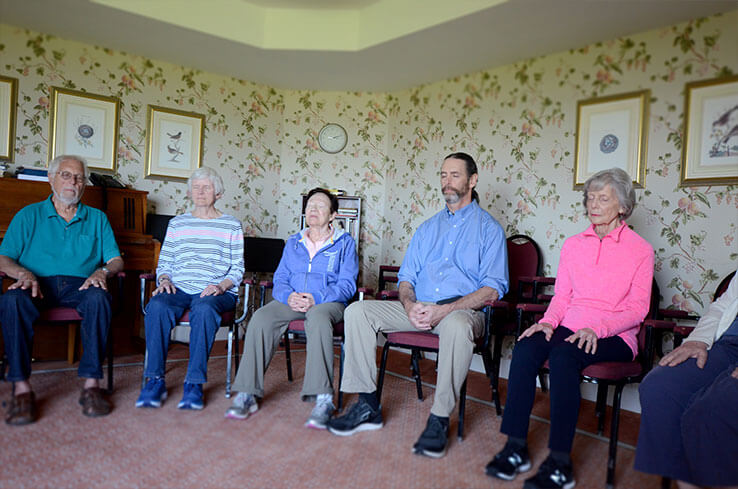

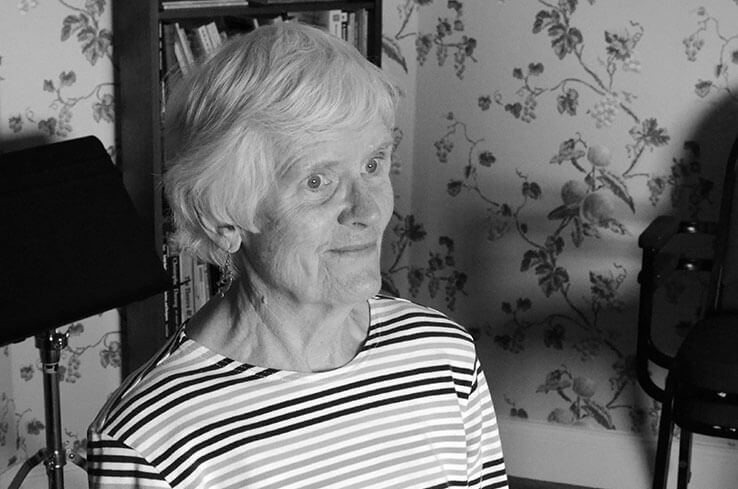
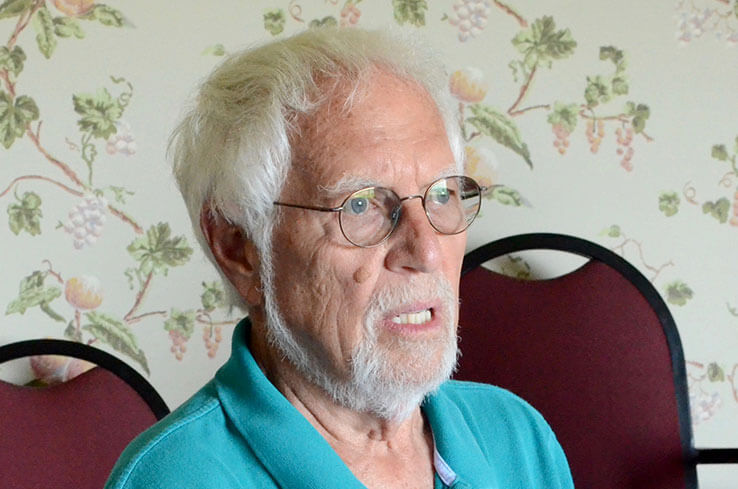
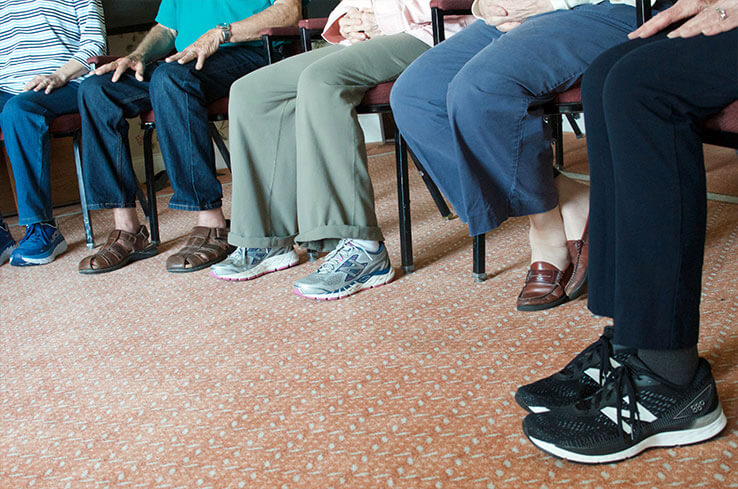
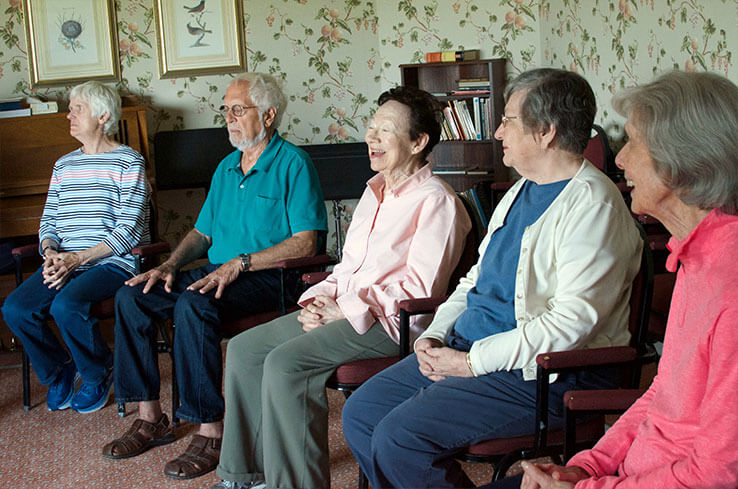
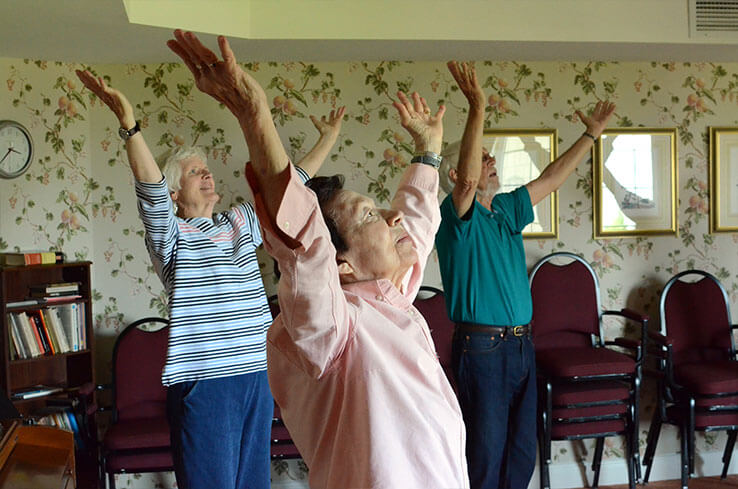
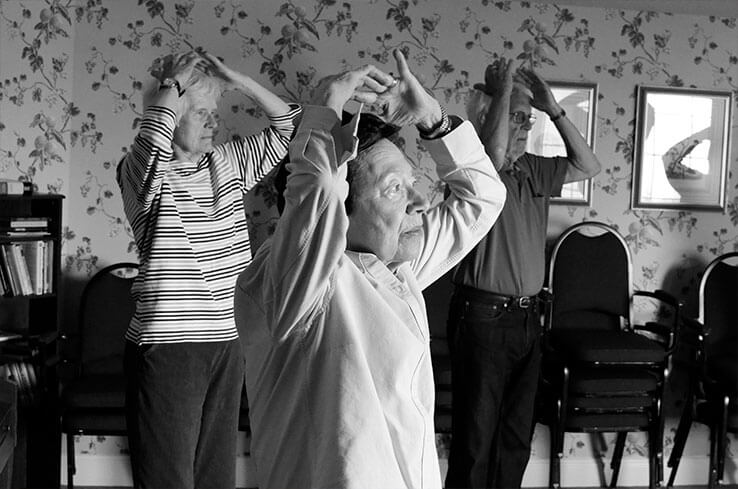
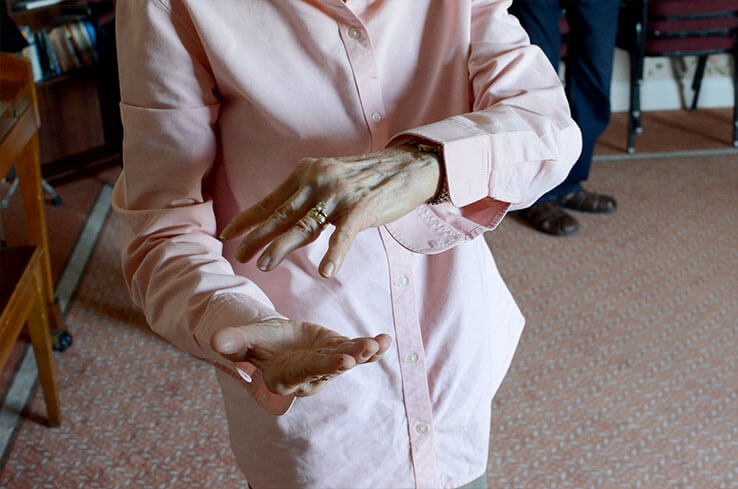
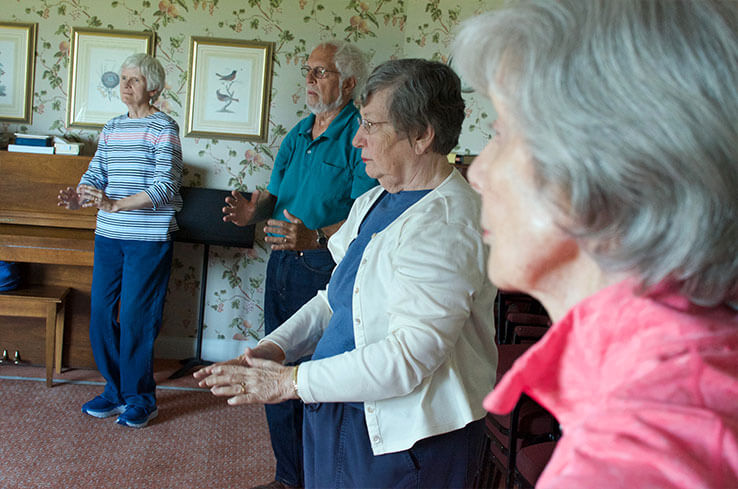
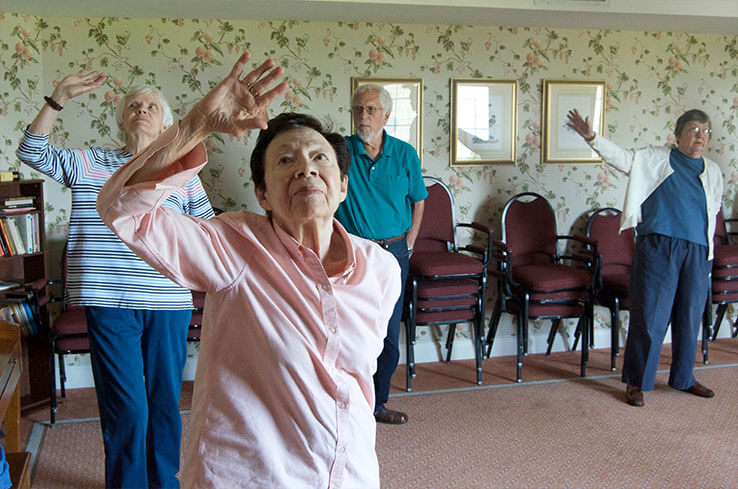
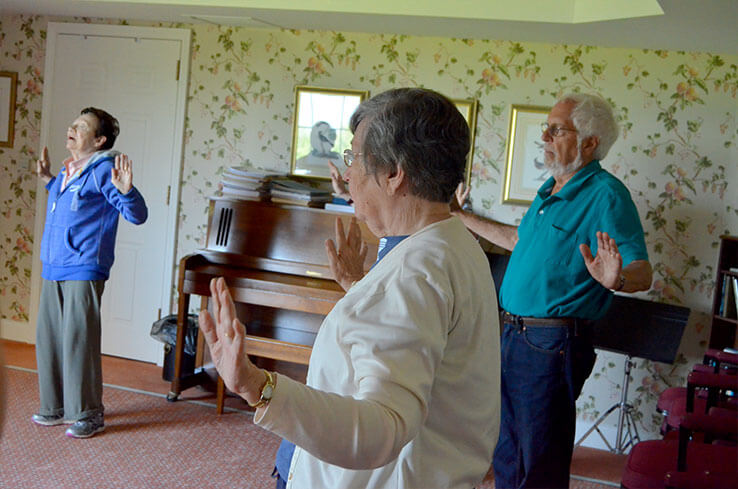
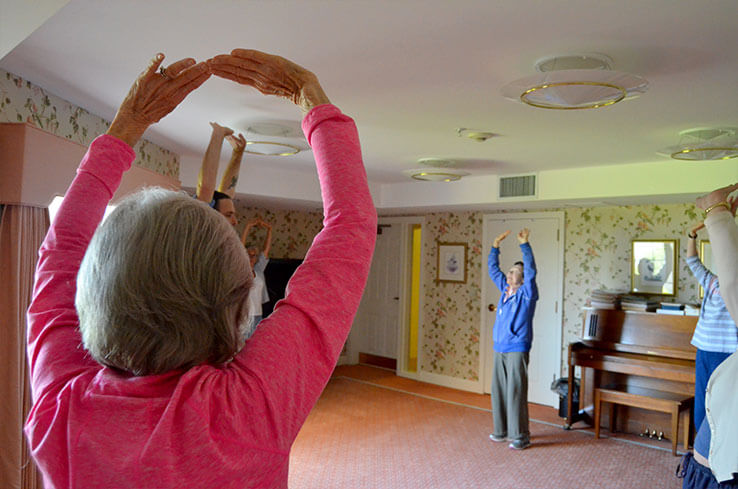
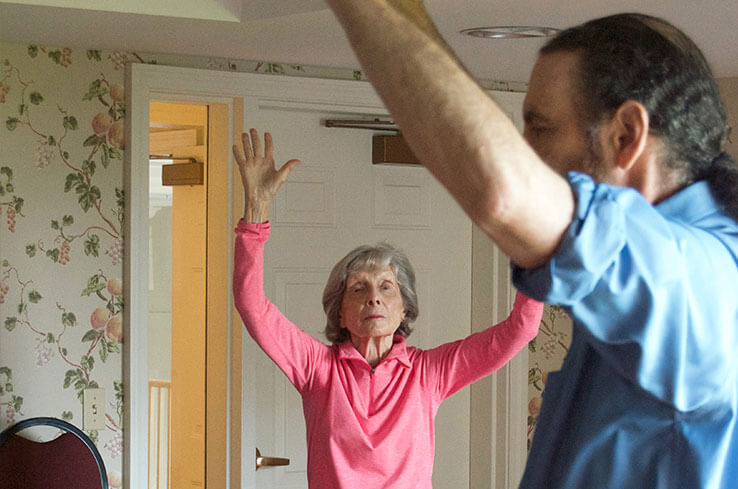
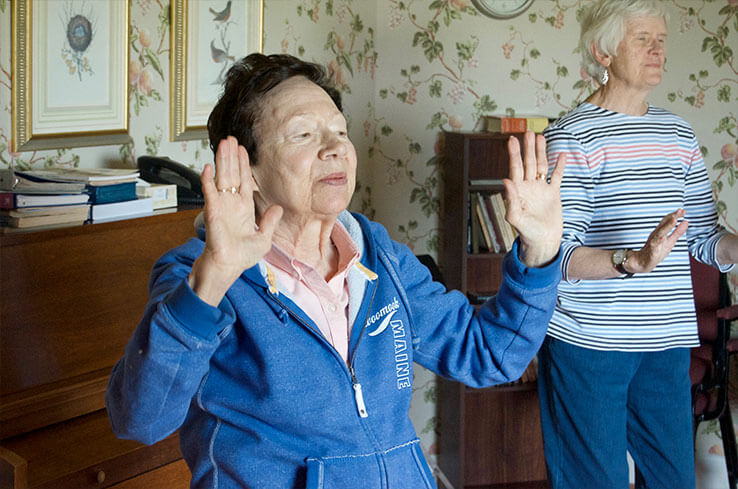
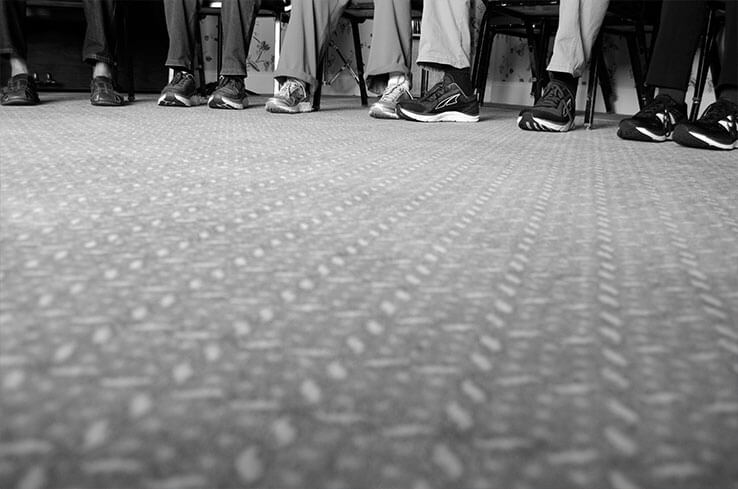
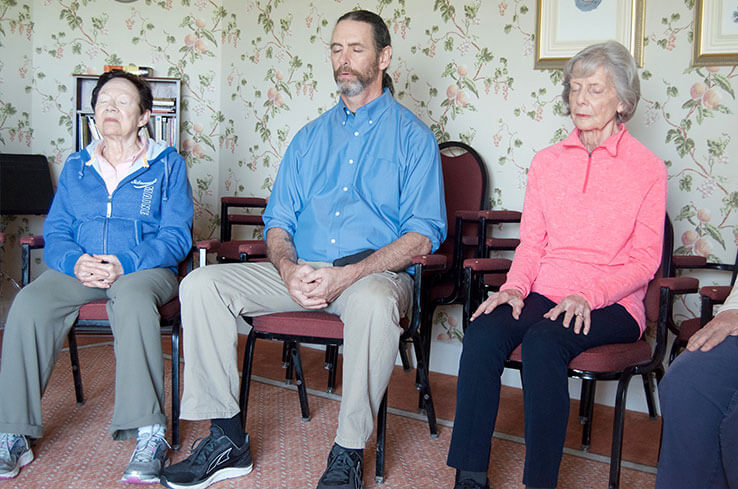
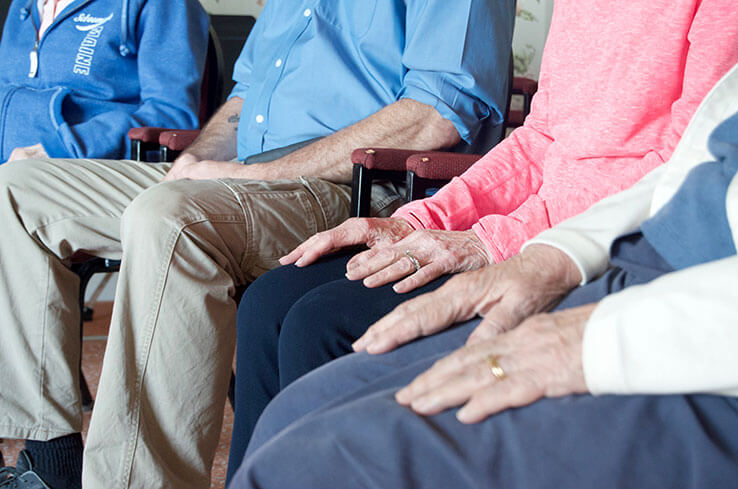

“When a circle of people gathers to mediate and practice Tai Chi, there’s a kind of oneness in the room,” explains Joe Carpenito, a member of the Piper Shores Life Enrichment team with 20+ years of experience in Tai Chi and meditation.
“I’m a results-oriented person,” adds Carpenito. “I practice meditation and Tai Chi because they work.” Now, as lead instructor of the workshop, Carpenito is witnessing the benefits and increased mindfulness the teachings are having on residents.
“Last week we had a fairly large group here,” he says. “It’s exciting to see people coming back week after week to reap the positive rewards.”
Carpenito points to new studies in medical journals that are now confirming what he says Eastern cultures have known for thousands of years. “The science has caught up, and now we know that meditation and Tai Chi can reduce blood pressure, improve balance, increase mobility, and create overall lasting feelings of wellness.” With a 7,000-year history, he says, Tai Chi has stood the test of time.
However, because of stigmas or misunderstandings, Carpenito notes that Eastern approaches to wellness have often fallen outside of Americans’ comfort zones. “I’ve noticed that when people come and try something new in a safe and supportive environment, they start to feel better and appreciate the positive results.”
Dimensions of Wellness
With the help of two residents (Angela Absher and Sheila Denny-Brown) Carpenito and the life enrichment team put together the Meditation/Tai Chi program. Every Friday afternoon a group of residents gathers for a seated meditation and short movement session of Tai Chi and Chi Gong.
“It sounds complex, but it’s accessible to anyone who wants to show up,” says Carpenito. “The practice is designed to cultivate a mindfulness that we can carry throughout each day, from the moment we rise, through our mealtimes (mindful eating), through our daily routines (mindful walking), to our interactions with people (mindful talking and listening).”
“The class is simple, yet the results are quite profound,” says Carpenito.
Residents Praise the Positive Results
Following are a few of the comments offered by residents after a recent class.
- “I was reluctant at first, but now I just love it. I have all of this stuff in my head, and I get wound up like a top. When I leave here after only one hour, I am totally relaxed.”
- “I love coming to meditation with an ocean view. My mind feels more centered and relaxed.”
- “I’ve been practicing for a year. It’s very mindful and relaxing. It puts your mind back together again and gives you a positive approach to life. It’s amazing what starts to happen when you become more seasoned.”
- “It’s so precious to be able to do this practice. I enjoy coming back and learning how to relax.”
- “With working out, I sometimes feel sore afterwards, but this practice leaves me pain free. I am building muscle and strength, yet the practice is very gentle.”
- “For me, it’s a work in progress. I always feel good afterwards. I go out feeling very happy. It’s a nice relief.”
- “It drops the stress. The human body does not know how to reduce stress all on its own. I find that the Chi Gong is also very helpful in my cancer recovery.”
- “At first, I was uncomfortable about the meditation in a group setting. But now I love the idea of practicing in a communal setting. I feel the sense of community and support and this too creates a sense of wellness.”
- “This practice helps with my range of motion – moving my core and gentle body movement. I find that my feet feel much more grounded.”
Some History of Tai Chi
According Carpenito, the practice of Tai Chi was invented in China 7,000 years ago and takes a central role of importance, especially when people reach middle age. He says the practice is especially popular with retirees and older populations who have let go of the responsibility of child raising and careers. Yet here in America, it has taken decades for mindfulness and Chinese movement classes to be accepted. Many older Americans harbored ill or unsettled feelings toward Asian countries that stemmed from World War II, the Korean War, and even the Vietnam War. Today, however there is more acceptance of the wisdom that ancient Asian customs have to offer. Among them, the practice of mindfulness and movement.